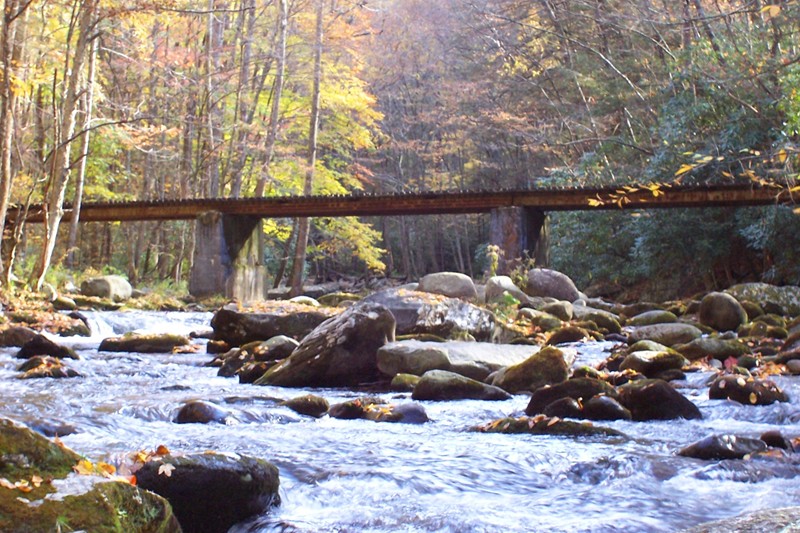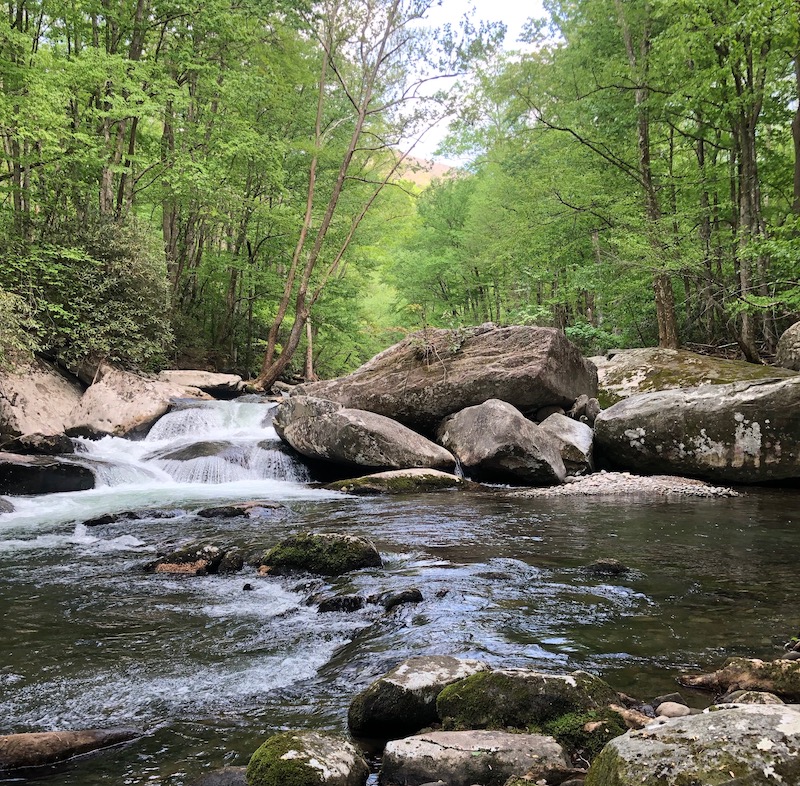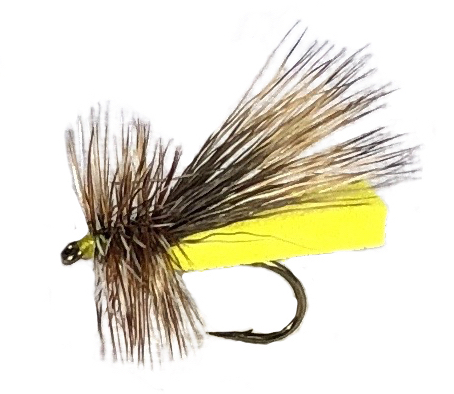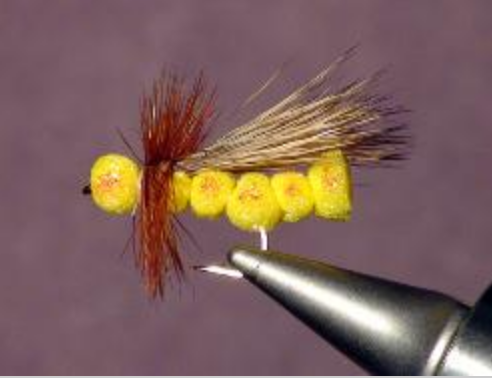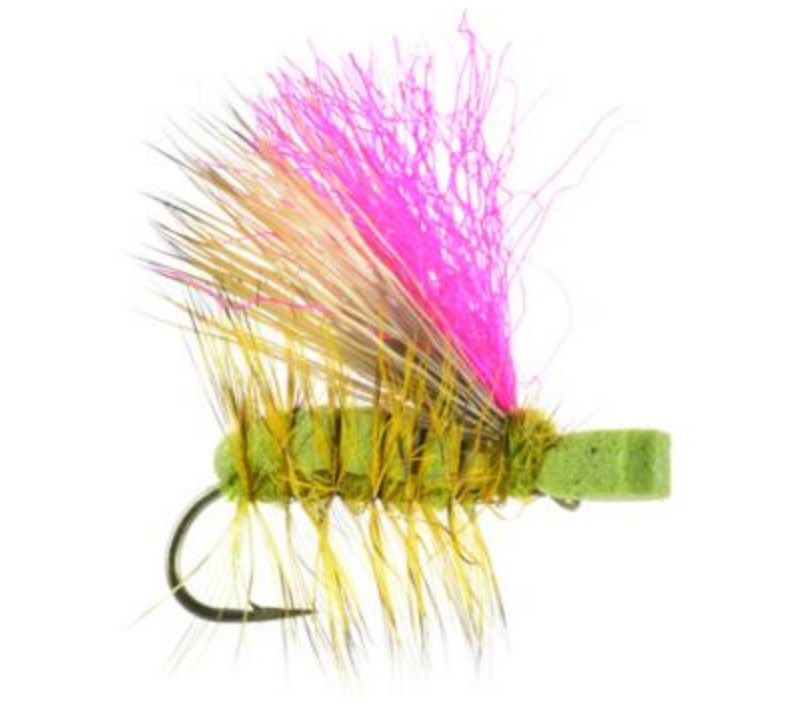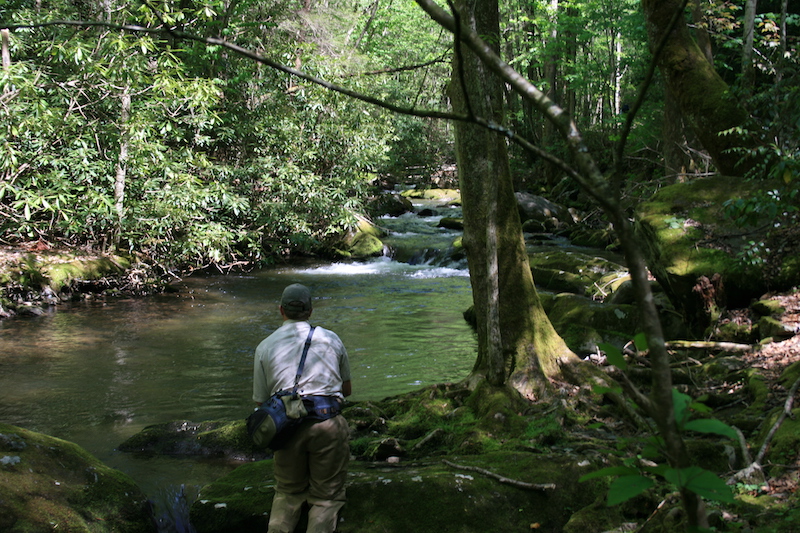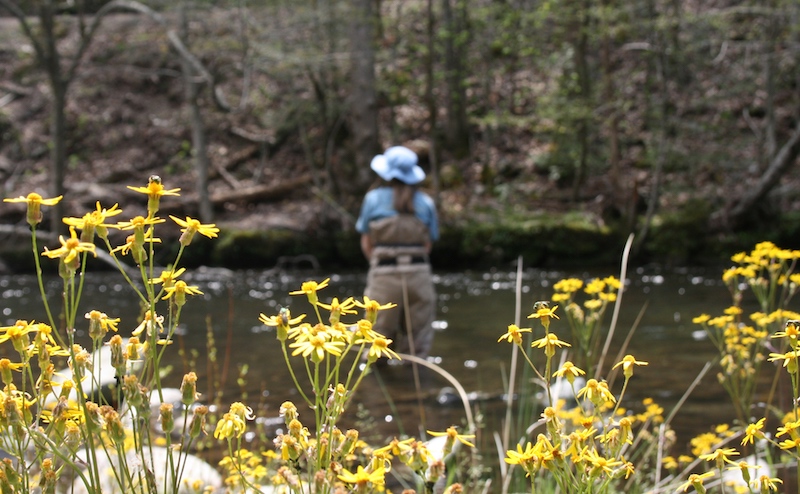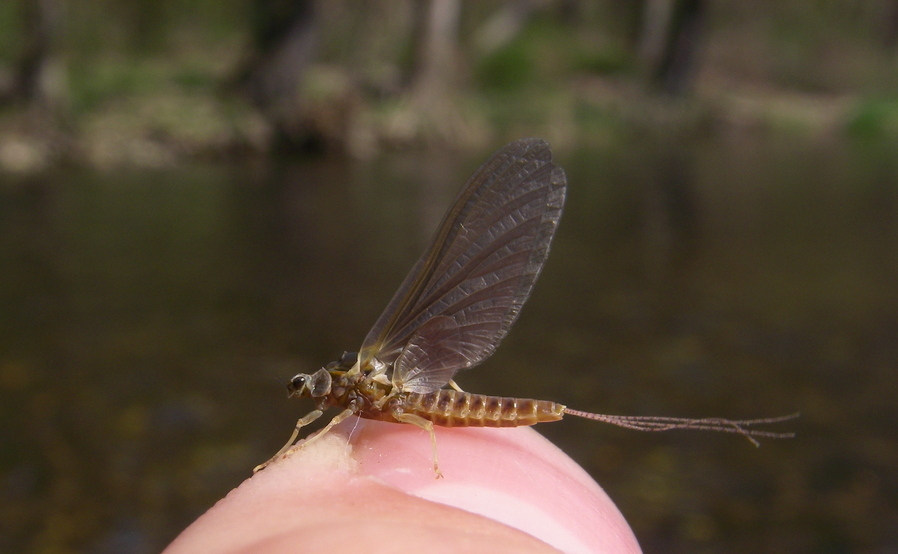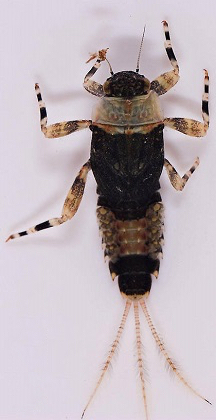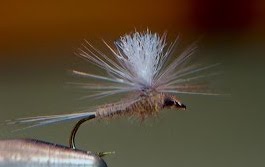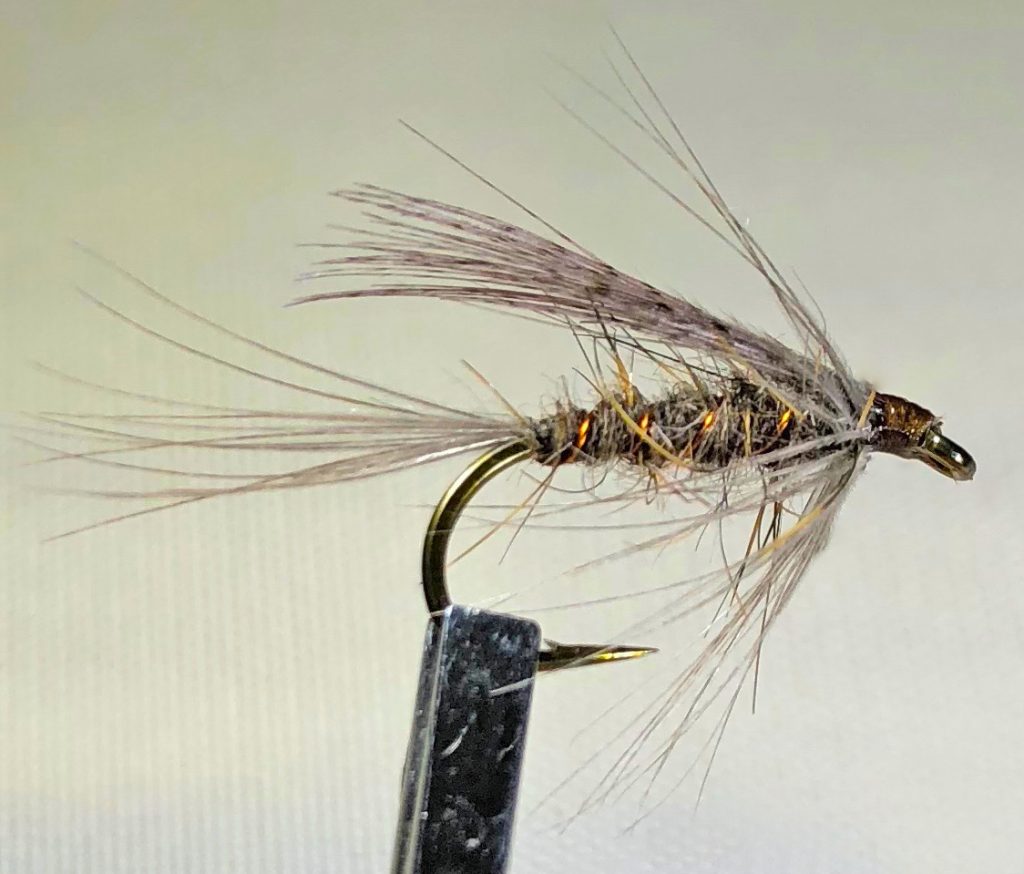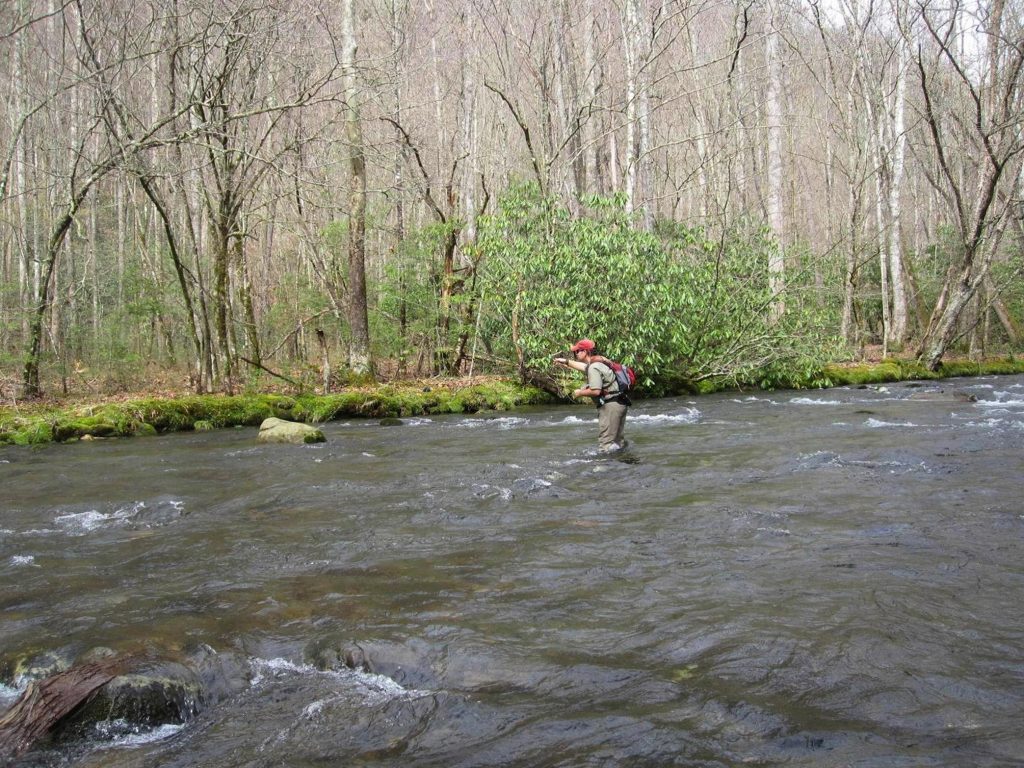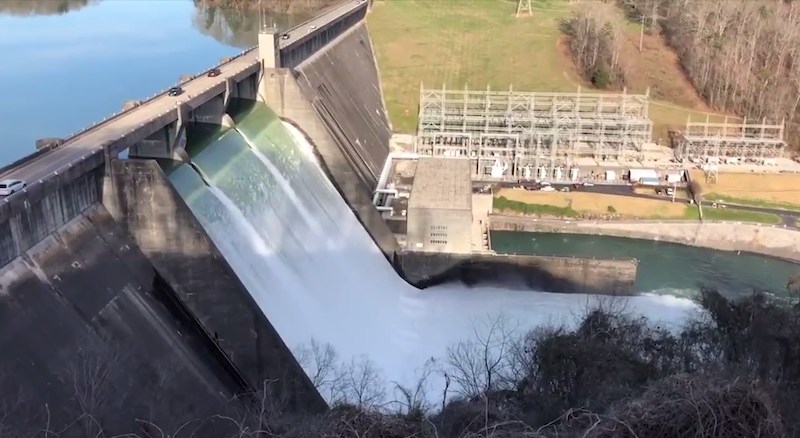
Location: GSMNP East Tennessee
Nearest Town: Townsend, TN / Gatlinburg, TN
Species: Rainbow trout (occasional brown)
Average Size: 6”
Stream Size: Tight
Pressure: Light
Type of Water: Freestone, Mountain
Boat Access: None
Best Times: Spring through late fall, after a good rain
Favorite Flies: Attractor dries
Nearest Fly Shop: Little River Outfitters – Townsend
Camping: Elkmont Campground
Backcountry Campsite #27
Directions:
From Townsend, travel southeast on 73 to GSMNP entrance. At the “Y” in the road, turn left toward Gatlinburg on Little River Road. Follow approximately twelve and a half miles and turn right toward Elkmont Campground. Or, from Townsend, turn on Wears Valley road at the only traffic light in town. At about six and a half miles, turn right on Lyon Springs Road. This road will eventually end at Little River Road at Metcalf Bottoms picnic area. Turn left and follow for about four and a half miles and turn right toward Elkmont Campground. Upon reaching the campground entrance, turn left toward Little River Trailhead and follow past the Little River Trailhead. You’ll enter a short, one lane loop that will take you to the parking area for the Elkmont Historic District. You can access the lower part of the creek here, or walk up the gated gravel road that leads to the Jakes Creek Trailhead. This small piece of road will provide access to another portion of Jakes Creek and the trail will provide access to another three miles of stream, as well as Backcountry Campsite # 27. Be aware, however, that much of this trail is high above the streambed with only a few locations allowing reasonable access to the stream. The best bet is to identify these locations and fish from access point to access point.
From Gatlinburg, travel southwest on 73/321 and merge south onto 441/71 toward Cherokee, NC. Just past the Sugarlands Visitor Center, turn right toward Townsend on Little River Road and follow approximately four and a half miles. Soon after passing Laurel Falls trailhead, turn left toward Elkmont Campground. Upon reaching the campground entrance, turn left toward Little River Trailhead and follow past the Little River Trailhead. You’ll enter a short, one lane loop that will take you to the parking area for the Elkmont Historic District. You can access the lower part of the creek here, or walk up the gated gravel road that leads to the Jakes Creek Trailhead. This small piece of road will provide access to another portion of Jakes Creek and the trail will provide access to another three miles of stream, as well as Backcountry Campsite # 27. Be aware, however, that much of this trail is high above the streambed with only a few locations allowing reasonable access to the stream. The best bet is to identify these locations and fish from access point to access point.


